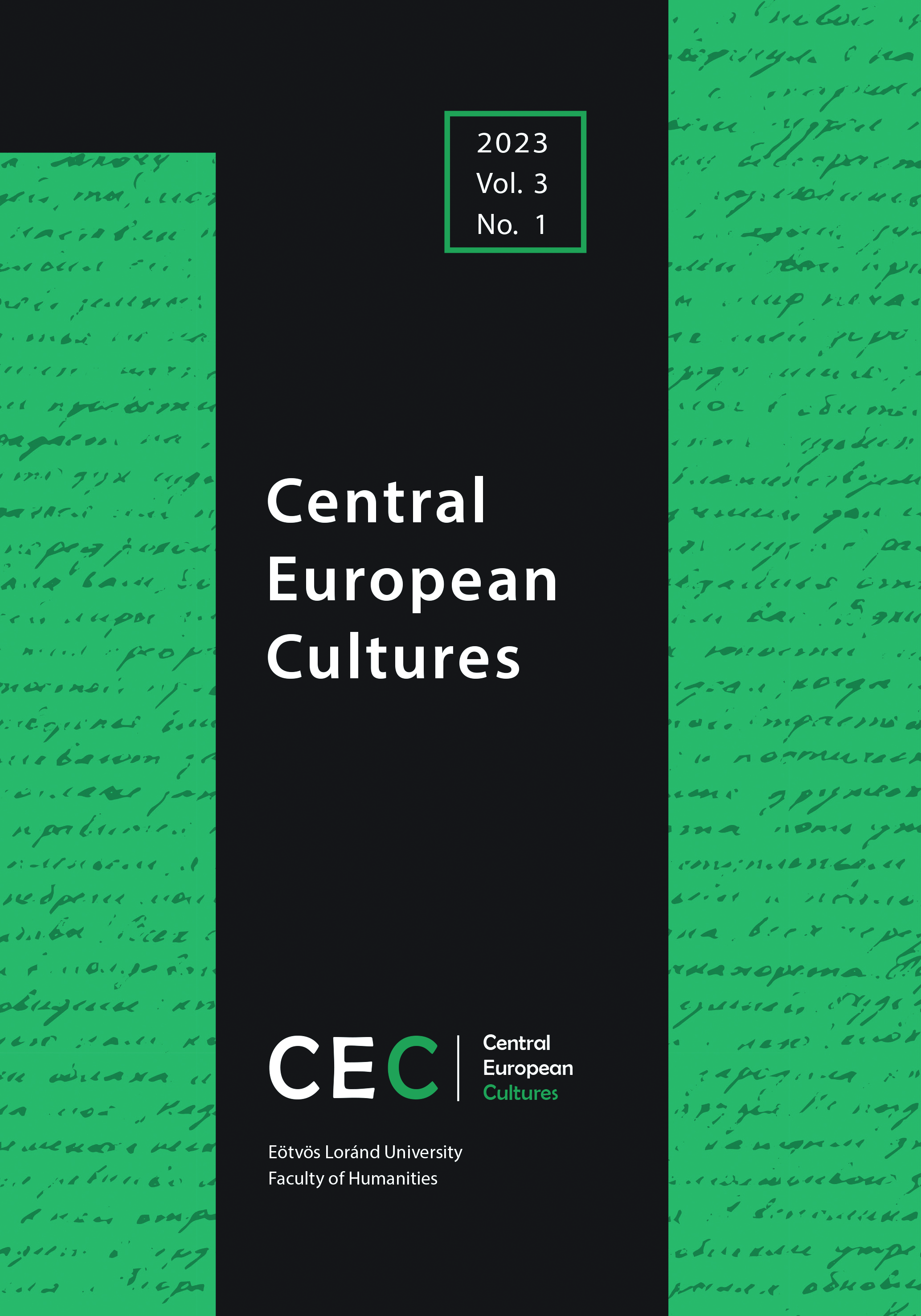Mingled Minds and Transtextuality in a Contemporary Hungarian Young Adult Novel (And the Case of Compulsory Literature in High Schools)
Published 2023-08-24
Keywords
- young adult literature, schizophrenia, intertextuality, metalepsis, canon, Borbála Szabó
How to Cite
Copyright (c) 2023 Author(s)

This work is licensed under a Creative Commons Attribution-NonCommercial 4.0 International License.
Abstract
Re-adapting classical works for Hungarian adolescents bridges the gap between the classic and the contemporary. This paper introduces Borbála Szabó’s novel as an example in a larger project that establishes strong intertextual connections with early twentieth century canonical texts reflecting on the friendship of two literary figures, Dezső Kosztolányi, and Frigyes Karinthy. Fictional reality is parodied on several levels almost parasitically and in a hallucinatory manner. It is rearranged with metaleptic gestures relying on the tropology of the schizophrenic mindset. Living in a family of alcoholics, the protagonist, a sixteen-year-old girl is on the verge of a mental breakdown with psychotic episodes whose development is described through connections to literary texts and figures. NoFather NorMother (Nincsenapám, seanyám) is a complex and comic novel, a parody of caricatures. Its central image is the closed space. It is replete with transtextual, paratextual, and intertextual references explicitly discussing the status and meaning of literature and demonstrating strategies of interpretation. A tour de force of presenting narrative elements, citational techniques, critique, the novel stages the disturbing schizophrenogenic environment of a teenager and enters the debate around compulsory school readings.

